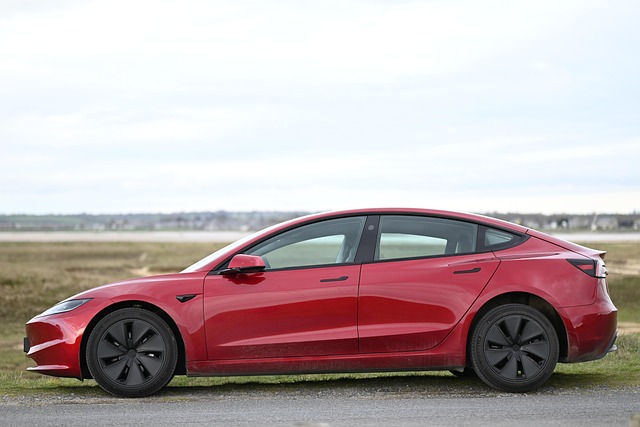In today’s rapidly urbanizing world, the discourse on urban sustainable transportation solutions has never been more critical. As cities expand, the quest for transport sustainability captures the imagination of innovators, policymakers, and citizens alike. How can we create transport systems that not only facilitate movement but also consider environmental integrity and social equity? The answer lies in the integration of innovative solutions that cater to both urban and rural landscapes.
Transport sustainability seeks to create systems that reduce environmental impact while improving quality of life. This can manifest in various forms, from electric buses that minimize emissions to bicycle-sharing programs that encourage alternative modes of transport. Cities are increasingly recognizing the need for versatile transport solutions that bridge the gap between urban cores and their surrounding rural areas. This is where integration becomes incredibly valuable.
Rural development plays a pivotal role in this equation. Historically, rural areas have been sidelined in transportation planning, leading to disconnects that hinder economic opportunities and access to services. Innovative urban sustainable transportation solutions can revitalize rural communities by enhancing connectivity. For instance, ride-sharing platforms and demand-responsive transport services can offer flexible and affordable travel options. When urban transportation innovations are adapted for rural use, they not only promote sustainability but also stimulate local economies.
A powerful example of this integration can be seen in the development of multimodal transport hubs. These hubs serve as nodes where urban and rural transport systems intersect, allowing for seamless transitions between different modes of transportation such as buses, trains, and cycling. By curating experiences and options for both urban dwellers and rural residents, these hubs can create a more cohesive transport network, fostering connectivity and collaboration.
Moreover, the push for clean energy within urban environments has a trickle-down effect on rural areas. Investing in sustainable public transport opens up employment opportunities in rural regions, as green technology and infrastructure projects create jobs. This not only supports the local workforce but also aligns with broader sustainability goals, demonstrating the ripple effects of urban initiatives.
Technology also plays an essential role in developing integrated transport solutions. With advancements in smart mobility apps, we have the opportunity to provide real-time data that informs users of the best routes, schedules, and even environmental impacts. These tools work hand-in-hand with urban sustainable agricultural practices, improving the efficiency of movements not just in cities, but in farmland where transport of goods is essential to rural economies.
Furthermore, community involvement cannot be overlooked in this transformation. Engaging local populations in conversations about transportation needs leads to tailored solutions that reflect the unique characteristics of each area. Urban planners and rural stakeholders alike must collaborate to ensure that all voices are heard and considered in the integration process. By combining insights from urban planning, environmental science, and community feedback, we can drive sustainable transport initiatives that meet the diverse needs of communities, fostering stronger bonds between urban townships and surrounding agricultural lands.
Ultimately, the integration of urban sustainable transportation solutions with rural development strategies underscores a holistic approach to future mobility. It’s about creating equitable access to transport systems that are environmentally viable and socially responsible—a journey toward a more connected and sustainable world for all.




